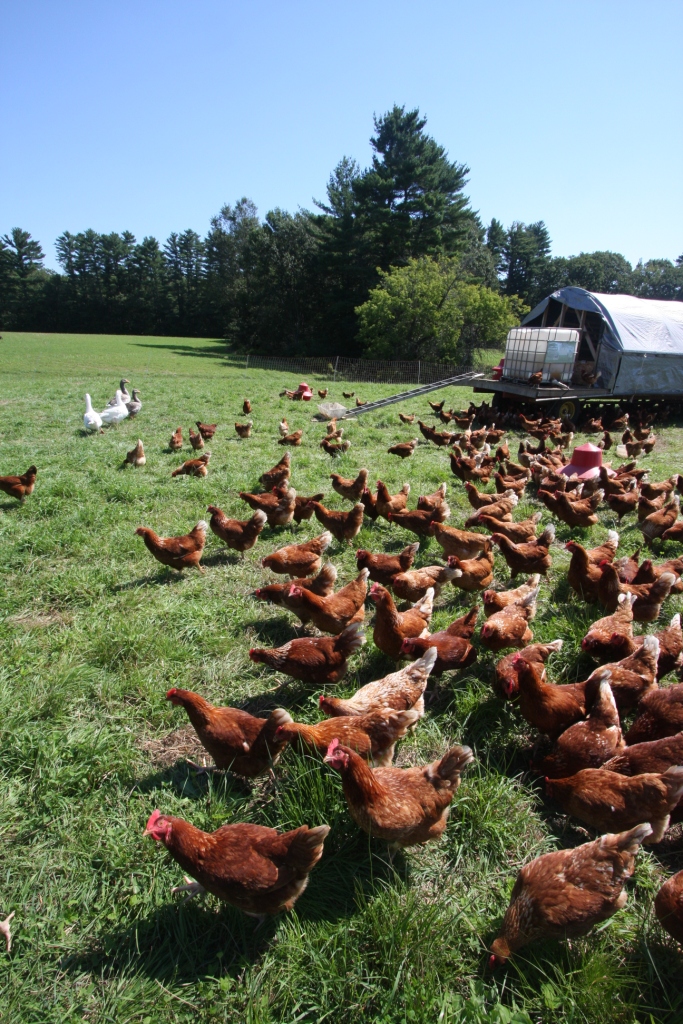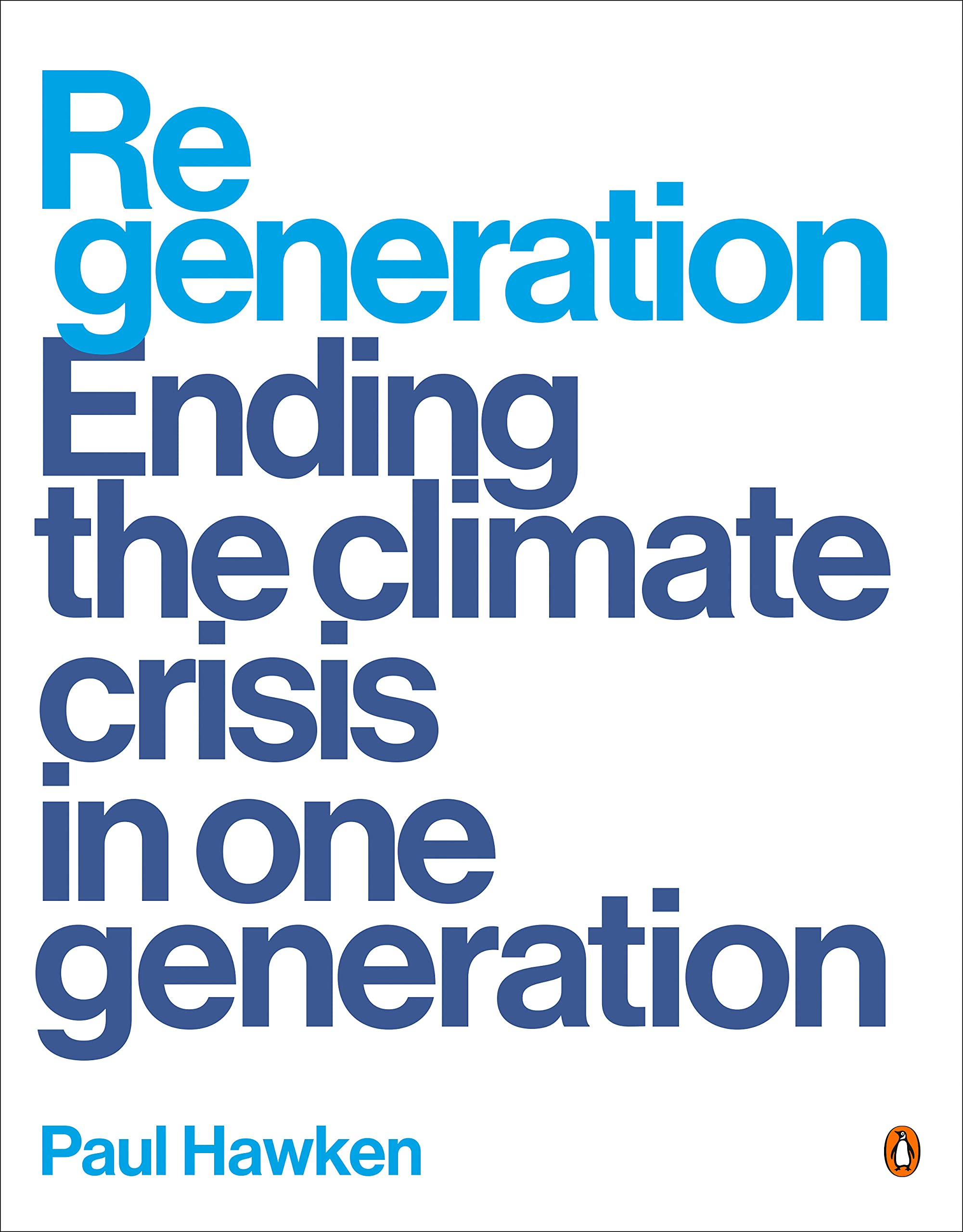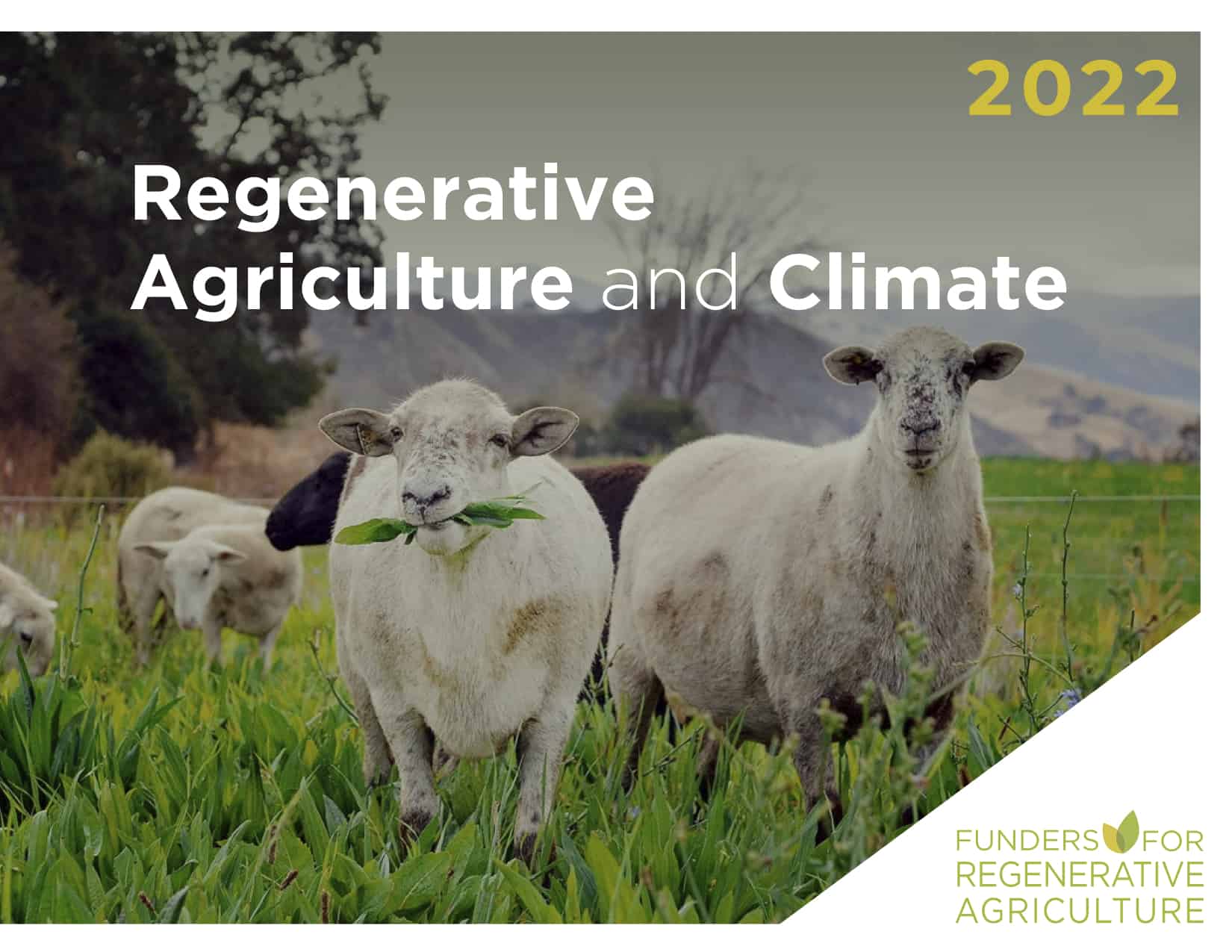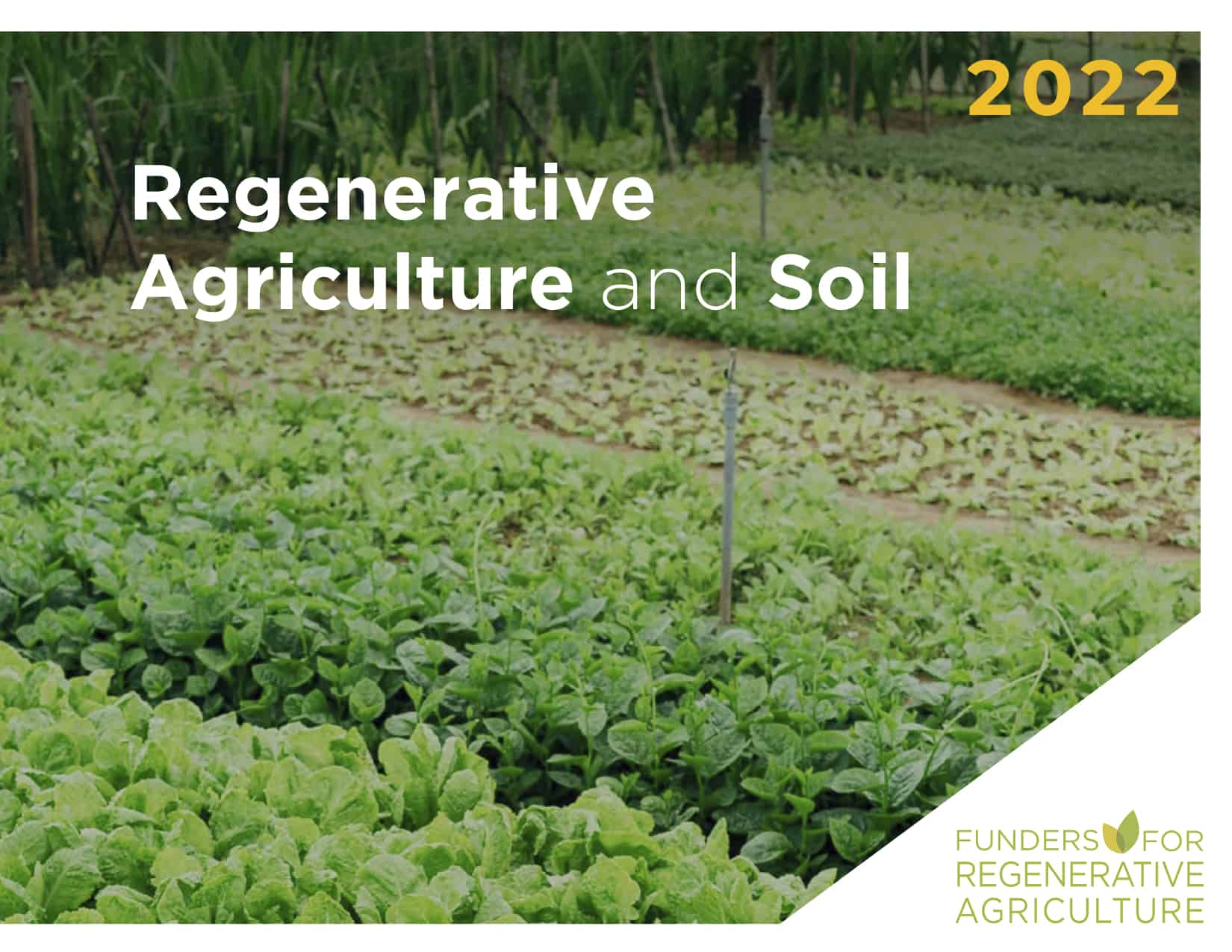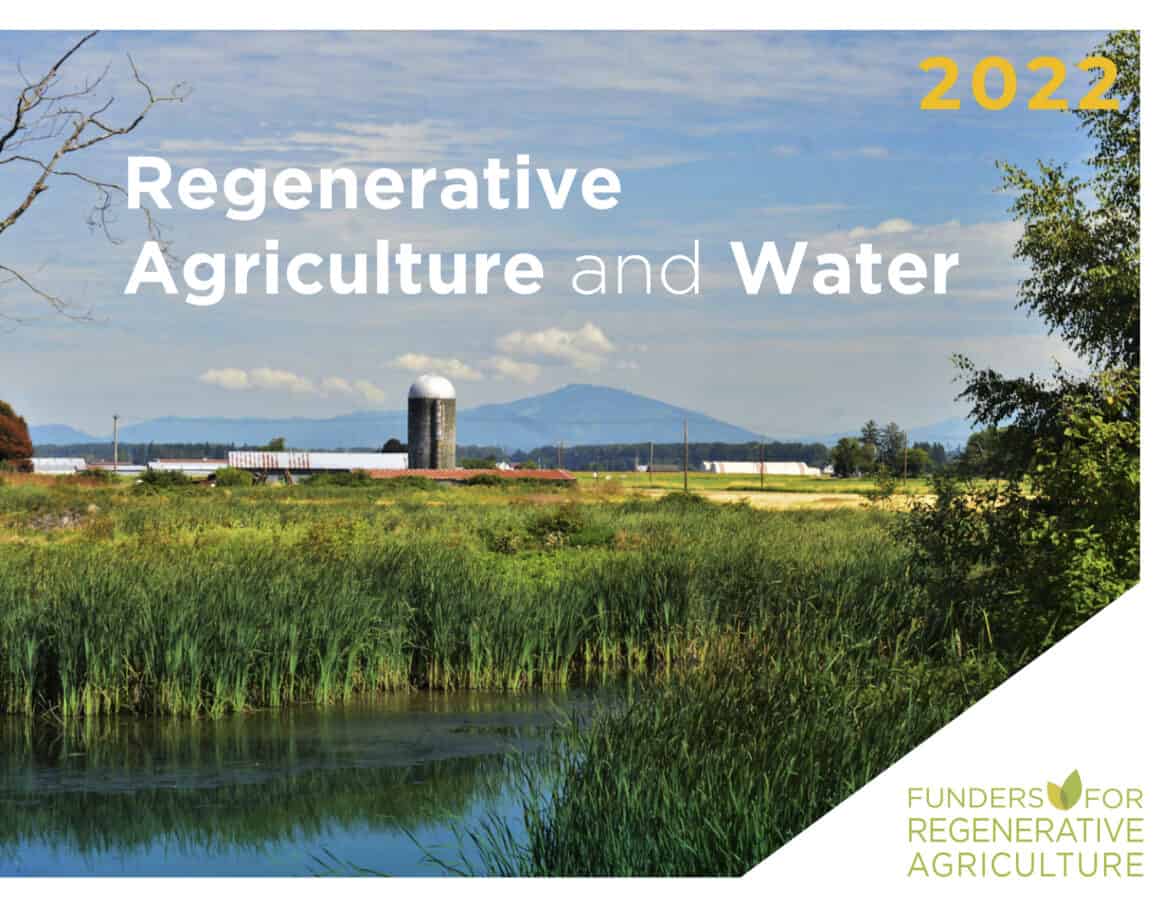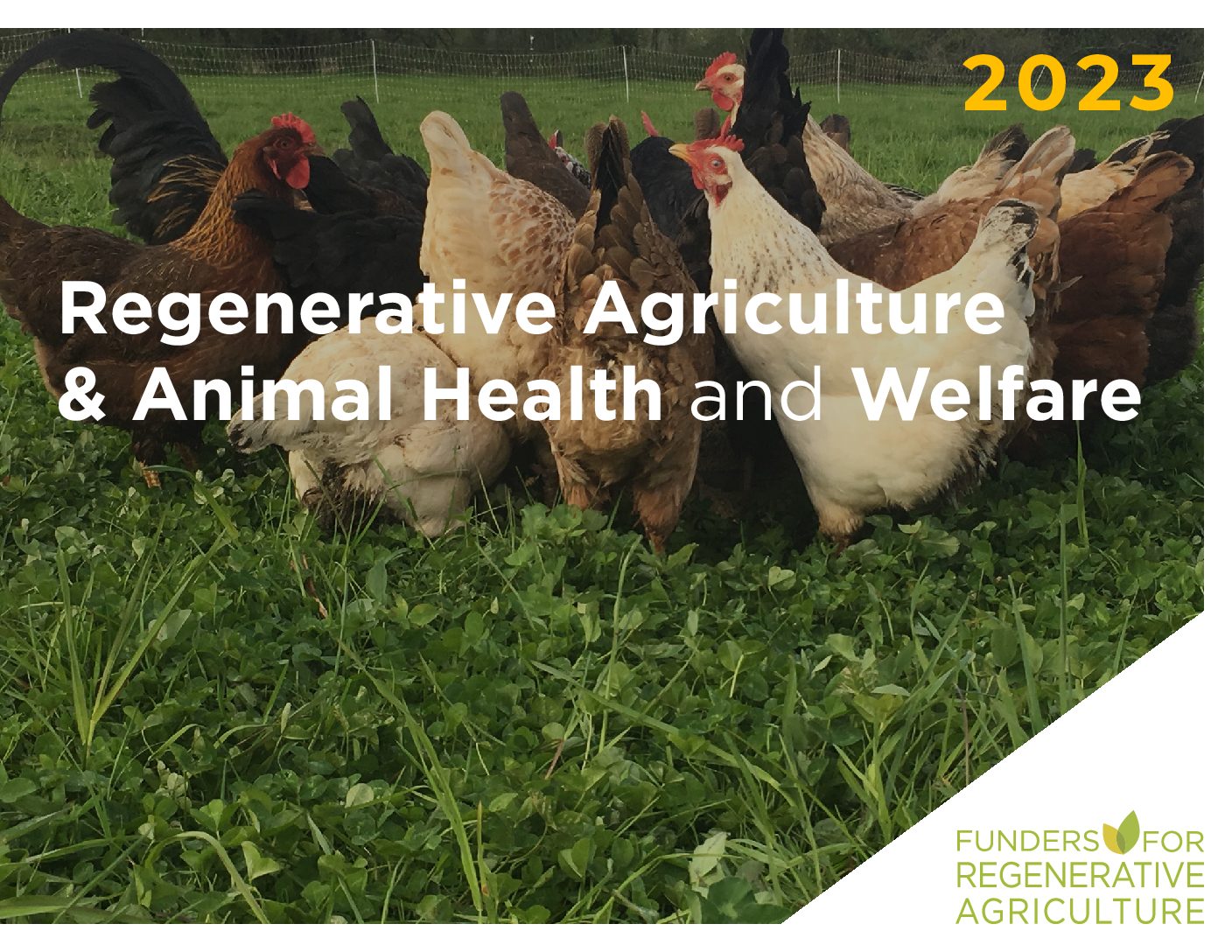“The health of soil, plant, animal, and man is one and indivisible.” – Sir Albert Howard
Regenerative agriculture has become a global movement in recent years and I am very proud of my small role in its success. Although I didn’t actively employ the term until 2014, when it became more widely used, it is exactly what I had been advocating through the Quivira Coalition since its founding in 1997 (see Essays) and in my book Grass, Soil, Hope.
Here is a definition from my essay ‘Why Regenerative Agriculture?‘:
“Regenerative agriculture is both an attitude and a suite of practices that restores and maintains soil health and fertility, supports biodiversity, protects watersheds, and improves ecological and economic resilience. It focuses on creating the conditions for life above and below ground and takes its cues from nature which has a very long track record of successfully growing things. By re-carbonizing soils via photosynthesis and biology, particularly on degraded land, regenerative agriculture can also sequester increasing quantities of atmospheric carbon (CO2) underground making it a low-cost ‘shovel-ready’ solution to climate change. Its multiple co-benefits, including the production of healthy, nutritious food, means it will be a critical component of our response to rising climate instability.”
In his landmark 2017 book Drawdown, Paul Hawken ranked regenerative agriculture as the 11th most effective solution (out of 100) to reverse climate change. This was a threshold moment as most agriculture-based climate solutions were still widely dismissed. The same year, David Montgomery published his popular book on regenerative agriculture Growing a Revolution. I helped Gabe Brown write Dirt to Soil about his journey as a regenerative farmer, published in 2018. The movement had momentum!
In 2020, Paul hired me as a writer for his next project, Regeneration. Here is an excerpt from the chapter Regenerative Agriculture that Paul and I wrote for the book:
“Regenerative agriculture has become the archetype and template for regeneration in general. It transforms farming from an extractive industry to one that restores soil health, the water cycle, biodiversity, human nutrition, animal health, pollinator and insect viability… World over, tens of thousands of farmers and ranchers are employing regenerative agricultural methods in order to reverse the loss of soil health and bring agriculture and food back to life. Regenerative agriculture systems include agroforestry, agro-ecology, silvopasture, pasture cropping, and advanced rotational grazing. It incorporates specific methods including no-till, complex cover crops, prairie strips, perennial crops, animal integration and crop diversification. One of the outcomes is carbon sequestration, significant increases in the carbon content of soils.”
BRIEFS ON REGENERATIVE AGRICULTURE
In 2021, the nonprofit Funders for Regenerative Agriculture hired me to write a series of Briefs on the multiple benefits of regenerative agriculture. The mission of the Briefs is to “make the case for regenerative agriculture and arm the field with a catalog of resources and overarching narratives on regenerative agriculture from a variety of lenses. They have been designed as thorough scientific reviews, in the context of each specific lense, of the challenges brought forth by our current industrial agriculture system and, conversely, how regenerative agriculture offers us solutions to mitigate and move beyond these challenges.”
